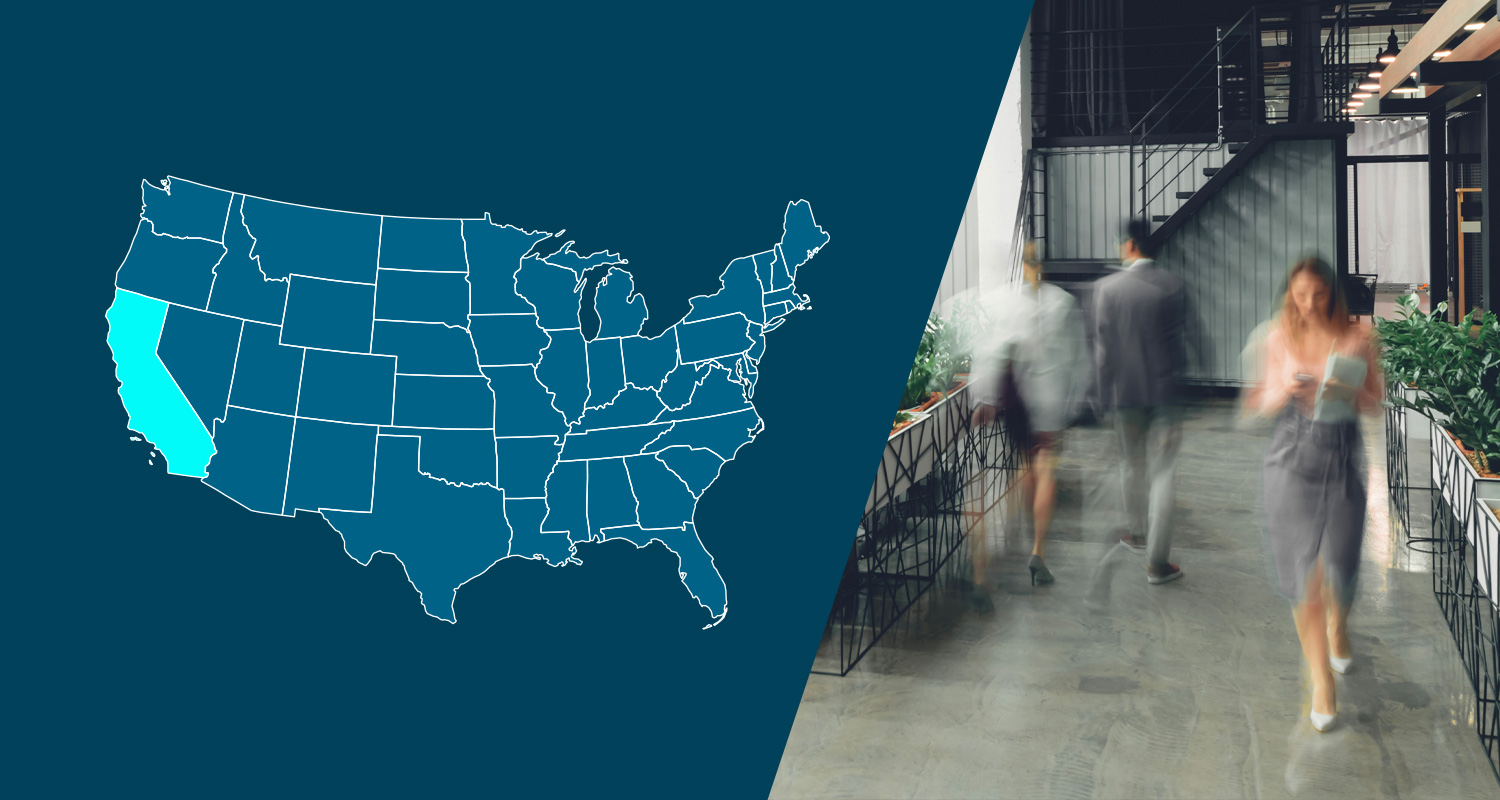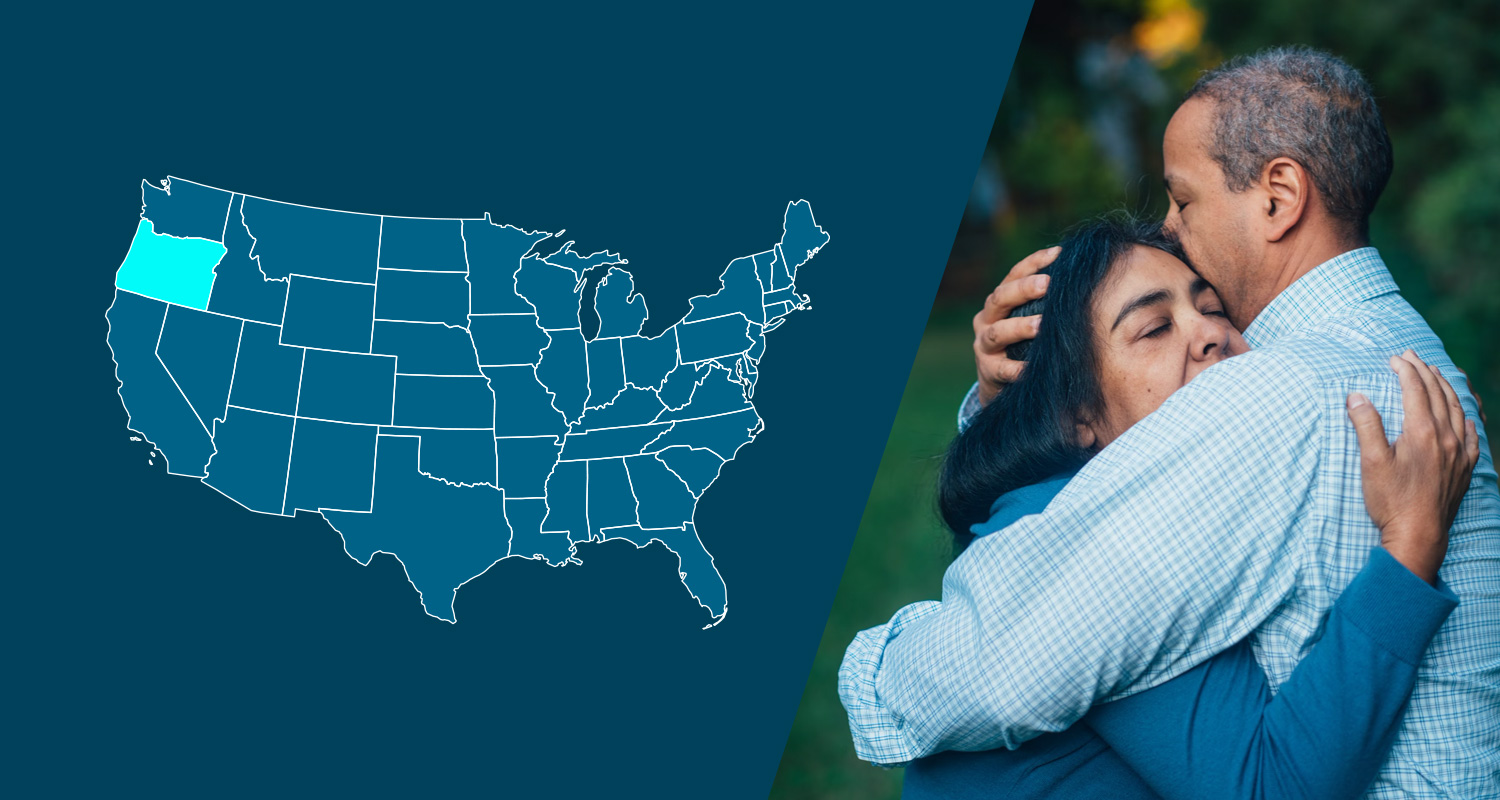The Internal Revenue Service (IRS) released Rev. Proc. 2020-36, which sets the 2021 rates used to determine whether employer-sponsored coverage is “affordable” for purposes of the Affordable Care Act’s (ACA) employer mandate. For plan years beginning in 2021, coverage is considered “affordable” if the employee cost of self-only coverage is less than 9.83% of their household income. The 2021 rate marks a slight increase from the 2020 rate of 9.78%.
As a reminder, the ACA employer mandate only applies to Applicable Large Employers (ALEs). See our FAQs below for more on which employers are considered ALEs.
Based on the 2021 affordability rate, ALEs will meet affordability requirements if they offer at least one plan that will cost employees less than $104.52 per month for self-only coverage under the Federal Poverty Level Safe Harbor (see below for a further discussion on alternative ways employers can meet the affordability requirement).
Compliance Snapshot
- ALEs must offer coverage to employees that cost less than 9.83% of their household income to meet the “affordability” requirement under the ACA.
- ALEs who use the Federal Poverty Level safe harbor can ensure they meet the affordability standard by offering at least one plan where the cost to employees (based on the self-only tier of coverage) is less than $104.52 per month in 2021.
- ALEs who use an affordability safe harbor other than the Federal Poverty Level (i.e. the W-2 or Rate of Pay) may rely on the 9.83% rate.
Frequently Asked Questions
Which employers are considered ALEs?
ALEs are employers with 50 or more full-time and full-time equivalent employees, on average, in the prior calendar year. Non-ALEs are not subject to the ACA employer mandate and are not subject to the “affordability” requirement. Companies with a common owner or that are otherwise related under certain rules of section 414 of the Internal Revenue Code are generally combined and treated as a single employer for determining ALE status. For additional information on how to determine ALE status, see this IRS webpage.
What type of coverage must an ALE offer under the ACA?
Under the ACA employer mandate (also known as the “pay or play mandate”), ALEs must provide affordable, minimum value coverage to full-time employees and their dependents, or potentially face a penalty.
How can employers determine whether their coverage is “affordable” under ACA?
For plan years starting in 2021, coverage is affordable if it costs less than 9.83% of an employee’s household income. ALEs can utilize any one of the three following “safe harbors” to determine whether they meet the 2020 affordability requirement:
- Federal Poverty Level: The cost to employees for self-only coverage on the lowest-cost plan is less than 9.83% of the federal poverty level (which is determined annually).
- Rate of Pay: The cost to employees for self-only coverage is less than 9.83% of their monthly salary (or hourly rate multiplied by 130).
- W-2: The cost to an employee for self-only coverage is less than 9.83% of that employee’s annual wages, as outlined on their W-2 at the end of the year. This approach is generally not recommended, as employers will not know the exact wages reported on employees’ W-2s until the end of 2021. As such, it is a bit less predictable than the other two methods.
For more on the affordability safe harbors, see the IRS Q&A on Affordability.
What is the easiest way for employers to determine whether they offer “affordable” coverage?
The easiest method for determining affordability is under the Federal Poverty Level (FPL) safe harbor, because it allows employers to determine a single amount that is considered affordable for all employees, rather than calculating affordability on an employee-by-employee basis. Under the FPL safe harbor, an employer must offer at least one plan with self-only coverage that costs employees less than the FPL safe harbor amount.
The 2021 FPL safe harbor amount is calculated based on the following formula:
Monthly 2021 Safe Harbor Amount = [9.83% x Federal Poverty Level (FPL)] / 12
Although the 2021 FPL is not released until early 2021, ALEs can rely on the 2020 FPL to calculate the safe harbor amounts for 2021. Based on the 2020 FPL, ALEs will offer affordable coverage if they offer at least one plan that costs employees less than $104.52 per month.
Employers whose plan year begins after July 1, 2021 can use the 2021 FPL when calculating the safe harbor. Nonetheless, these employers will still generally meet the 2021 affordability requirements if they rely on the 2020 FPL because FPL amounts increase each year (and thus the safe harbor amounts will also increase).
What are the penalties if ALEs do not offer affordable coverage?
An ALE who does not comply with the employer mandate and has at least one full-time employee that receives a premium subsidy for enrolling in coverage through the Marketplace Exchange may receive one of two potential penalties:
- Penalty A: ALE offers coverage to less than 95% of their full-time employees; or
- Penalty B: ALE offers coverage to more than 95% of their full-time employees but fails to offer affordable, minimum value coverage.
The projected 2021 penalties, as compared to the 2020 penalties, are as follows:
| 2021 | 2020 | |
| Penalty A | $2,700 | $2,570 |
| Penalty B | $4,060 | $3,860 |
To determine whether an employer owes a penalty, the IRS compares the employer’s ACA reporting with the list of employees who received a government subsidy to purchase coverage through the Exchange. Penalties are triggered if an employer fails to offer a full-time employee proper coverage and that employee receives a government subsidy.
If an employer is subject to a penalty, the IRS will send the employer a 226J Notice letter outlining how much the IRS believes the employer owes.
Employer Next Steps
- ALEs should be aware of the 2021 affordability rates when determining their health-care offerings and contribution strategies for the upcoming plan year.
- ALEs should ensure that their health care offerings are affordable under one of the affordability safe harbors (FPL, Rate of Pay, or W-2).
- Sequoia Clients: Sequoia will incorporate the 2021 affordability rates into your financial modeling and our team will review your options during your renewal meeting.
Additional Resources
Disclaimer: This content is intended for informational purposes only and should not be construed as legal, medical or tax advice. It provides general information and is not intended to encompass all compliance and legal obligations that may be applicable. This information and any questions as to your specific circumstances should be reviewed with your respective legal counsel and/or tax advisor as we do not provide legal or tax advice. Please note that this information may be subject to change based on legislative changes. © 2020 Sequoia Benefits & Insurance Services, LLC. All Rights Reserved




